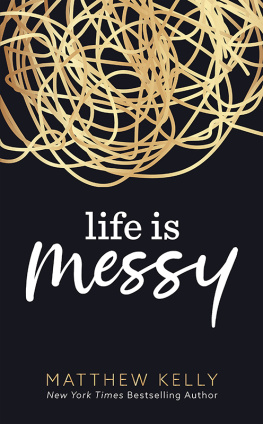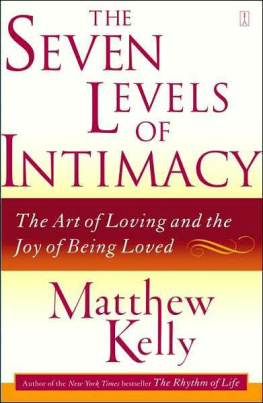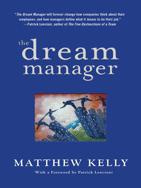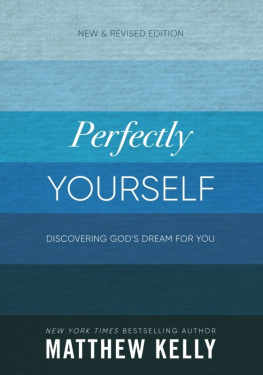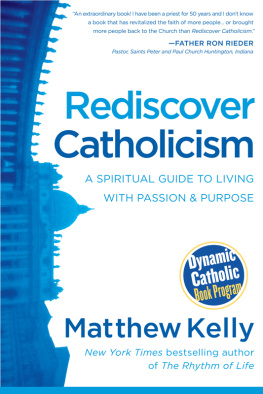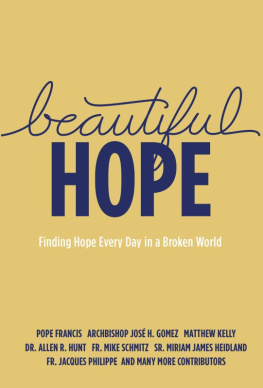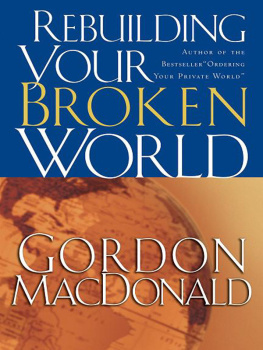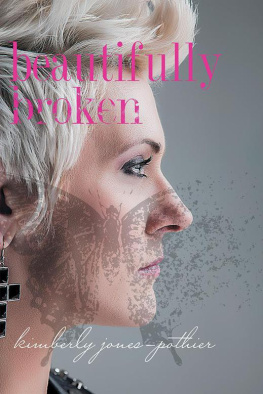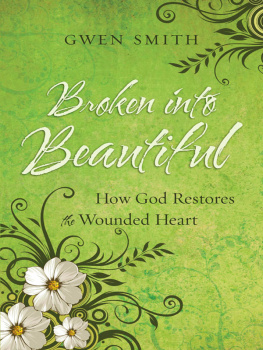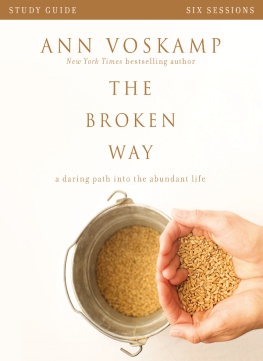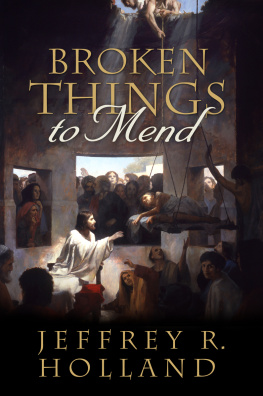Table of Contents
Copyright 2021
KAKADU, LLC
PUBLISHED BY BLUE SPARROW
All rights reserved.
No part of this book may be used or reproduced in any
manner whatsoever without permission except in the case of
brief quotations in critical articles or reviews.
"Autobiography in Five Short Chapters."
From THERE'S A HOLE IN MY SIDEWALK: THE
ROMANCE OF SELF-DISCOVERY by Portia Nelson.
Copyright 1993 by Portia Nelson.
Reprinted with the permission of Beyond Words/Atria Books,
a division of Simon & Schuster, Inc. All rights reserved.
ISBN: 978-1-63582-200-7 (hardcover)
ISBN: 978-1-63582-201-4 (e-book)
Designed by Ashley Dias
10 9 8 7 6 5 4 3 2 1
FIRST EDITION
Printed in the United States of America
Theres no limit to how
complicated things can get on account of one
thing always leading to another.
- E.B. White, from Charlotte's Web
Contents
The human dilemma.
Life is messy.
This is the human dilemma. Youre not doing it wrong.
Life isnt a color-within-the-lines exercise. Its a wild and outrageous invitation full of uncertain outcomes. Sometimes it is beautifully rational, at other times it lacks all logic. What appears to be a step back today, may turn out to be the first marvelous step forward ten years from now.
The mess of life is both inevitable and unexpected. It is filled with delightful mysteries and frustrating predicaments, indescribable joy and heart-wrenching suffering.
There is no plan you can devise that will solve the mess. There is nothing you can buy, learn, or accomplish that will eliminate the mess. Finding the love of your life and the perfect career wont either. There is nothing you can start doing or stop doing that will eradicate the mess. Theres nothing you can tell yourself that will make the mess magically disappear, and you cannot think your way out of it. The mess is here to stay. Its unavoidable. Its just life.
Its what we do with the mess that determines everything. You can ignore it, avoid it, deny it, blame others, shame yourself, and exhaust yourself pretending your life isnt messy. But when you wake tomorrow morning, the mess will still be there. Or you can realize that the mess serves a powerful purpose.
To discover that powerful purpose, we first need to accept that the mess is not the problem. The problem is our erroneous belief that everything should be immaculate, orderly, neat, tidy, and in its place.
Everyone has their own mess to contend with. Our tendency is to think that we are the only ones with a mess, that our mess is messier, more embarrassing, more shameful than other peoples mess. It isnt so.
You dont have it have it all together. Nobody has it all together.
Acceptance is the only way to make peace with the mess. This acceptance will lead you to a profound acceptance of life, others, and self. It isnt surrender or defeat. It isnt conceding that there is nothing we can do about the mess. Its just a penetrating awareness that the meaning of life isnt to solve the mess. Thats not the goal.
This radical acceptance of self, others, and life may be the beginning of wisdom. Im not sure we can ever truly appreciate anyone or anything until we have made peace with the mess. Are you ready to make peace with the mess?
Life is messy, but we figure things out. We laugh, we cry, we grow, and we move on to new beginnings, second chances, and amazing possibilities.
A more beautiful question.
The gateway between confusion and clarity is marked with a quintessential truth: We are wounded and broken. Acceptance of this truth allows us to make peace with the mess.
I am wounded and broken. We all are. We are self-conscious about our brokenness. We are sensitive and insecure, even embarrassed, about our woundedness. But we neednt be. We are all wounded and broken.
Why are we so surprised when we discover that another person is broken? Perhaps because we are so intent on ignoring our own brokenness. Everyone is broken, everyone is wounded, to pretend otherwise is to open ourselves to vast and ongoing deception.
But its okay that we are broken. Its only a problem if we subscribe to the false notion that we have to try to keep everyone and everything from being broken.
I am broken. Pretending otherwise is exhausting.
But let me share with you the real problem with our brokenness. In our wasteful, consumption-addicted society, we throw broken things away. So, we dont know what to do with our broken selves. What do we do with broken people, broken relationships, broken institutions, broken families, and of course, our very own broken selves?
This is an important question, but a more beautiful question holds the answer. It is one of the most beautiful questions I have ever stumbled upon: Can something that has been broken be put back together in a way that makes it more beautiful than ever before?
This is the question that all the words on these pages cling to.
It may seem like an impossible proposition to our straight-line, everything-in-its-place, secular minds. But I marvel at how God doesnt use straight lines or right-angles in nature. We invented right-angles and straight lines to prop up our insecure humanity.
The perfection of nature is marked by crooked lines, brokenness, imperfect colors, and things that seem out of place. The perfection of creation is achieved through its imperfection. And so it is with human beings. Your imperfections are part of what make you perfectly yourself.
If we put on the mind of God, we discover one of the most beautiful truths this life has to offer: Something that has been devastatingly broken can be put back together in a way that makes it more beautiful than ever before. It is true for things, but it is even more true for people, and it is true for you. This is the source and the summit of hope.
We believe that once something is broken it can never be as beautiful as it was before. But thats not true. Its true that it cannot be exactly the same as it was before, but that doesnt mean it cannot surpass its former self. You dont look at a wonderful tree that loses some leaves and limbs in a storm, and say, Its ruined forever. But we say that about ourselves and others.
The Japanese have a beautiful artform called Kintsugi. It is a form of ceramics, and I have been meditating on it for the past several years. In our disposable culture, if we break a vase or a bowl, we throw it away and buy a new one. This simple act allows us to maintain the illusion that life is not messy. It plays into our delusion of perfection. But life is messy, perfect is a myth, and the wisdom of the Japanese art of Kintsugi has much to teach us.
When a vase or bowl or cup is broken, artists gather up the broken pieces and glue them back together. Though it is how they put them back together that is steeped in wisdom and beauty. They mix gold dust with the glue. They dont try to hide the cracks. They own them, honor them, even accentuate them by making them golden. They celebrate the cracks as part of their story.

